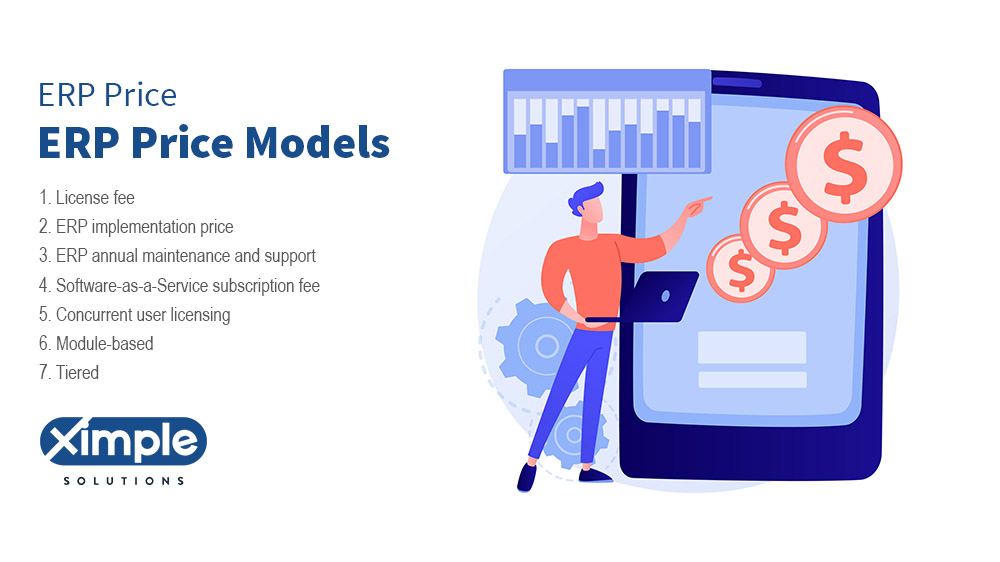ERP Price in 2025 | ERP Pricing Models & Structure
When investing in an ERP system, most people focus on the price model and structure. Although considering this factor is necessary, you should pay more attention to the Total Cost of Ownership (TCO). The TCO provides more cost data, letting you determine if an ERP investment is worthwhile. Read on to understand more about ERP […]
Read More



